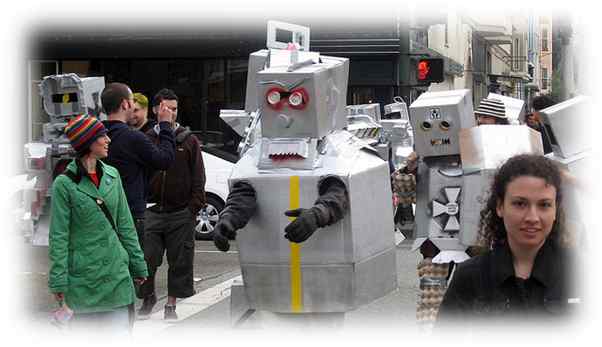Storytelling technique – Telling the story with your face
Telling the story through your facial expressions is a fantastic storytelling technique and one that forms this article and the second part (painting a picture using facial expressions)
We (well, most of us) don’t speak like an expressionless robot.
We already communicate with a set of natural facial expressions that we invoke involuntarily, but we become particularly expressive when we voice our emotions.
So, if it’s a natural process, why do you need to learn anything about how to do it?
Well, a story is a pretend scenario and since you are putting on a special voice, you suddenly have to become aware of conscious and deliberate expressions, which can be difficult to do, since your natural facial expressions are unconsciously done.

A young child is inexperienced and is still learning what it means to be happy, sad, frustrated, bored etc. Your natural facial expressions may be quite subtle; it may be difficult for them to discern a happy smile, from a sad smile.
They may just see a smile, and the sad tone of your voice may then confuse the child.
When your child is confused, they will tend to ask you to clarify:
“Is the boy scared, mummy?”
Exageration and clarity in your facial expression
When telling your tale, think of yourself as a “caricature” of the character you are portraying.
Your facial expressions should be over-exaggerated and dramatic.
This is as much for the entertainment factor as the educational one.

Remember that your child’s face is like an exaggerated version of the truth when they portray a strong emotion.
Children are full of drama, scrunching up their faces and noses when they are angry or grinning from ear to ear if you agree to play with them.
Your dramatic and exaggerated facial expressions will bring your story into 3D for your child.
As your child grows older, you can use a set of more complex emotions in your storytelling – disgust, shame, embarrassment or satisfaction, for example.
These are more complex to visualise and understand and will progress your child’s education of emotional intelligence further.
Think of some faces you could pull right now. Go on. Set yourself a challenge: think of five different faces you could exagerate to really show what you feel.
It’s harder to come up with faces with no reference, so the reading stories with your children is where you’ll really get the most benefit as you’ll have an almost constant stream of emotional concepts being given to you from within the book.
Storytelling homework
In the next dew stories you tell your children, focus on:
- Exagerating your facial expressions to make it really clear what the emotion looks like.
- Think about making different characters have different permenant facial expressions so that as they talk your face is pulled into different shapes depending on the attitude of the character you’re representing.
- Think about exagerating specific expressions to make them funny or particularly dramatic
- Have fun and enjoy making silly faces with your kids!
Done your homework already? Head back to the start of the chapter or keep an eye on your inbox for the next part: A picture paints a thousand words.


